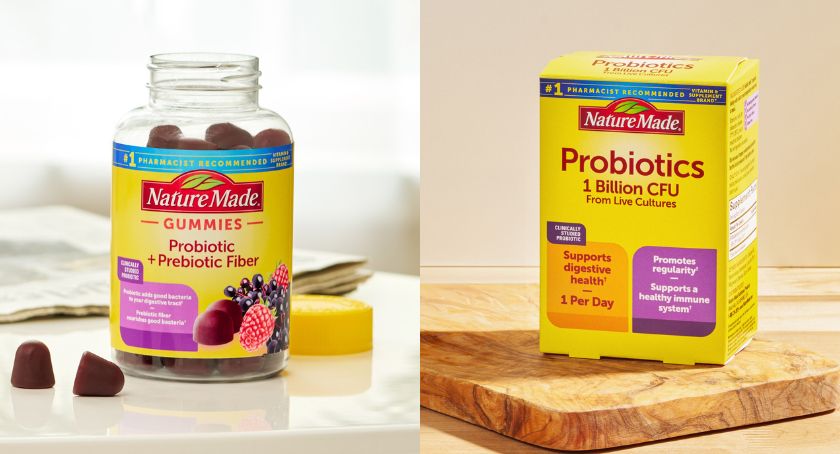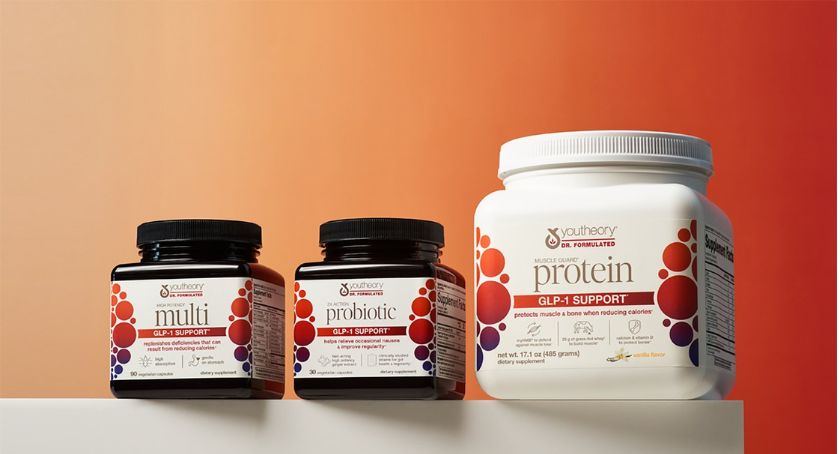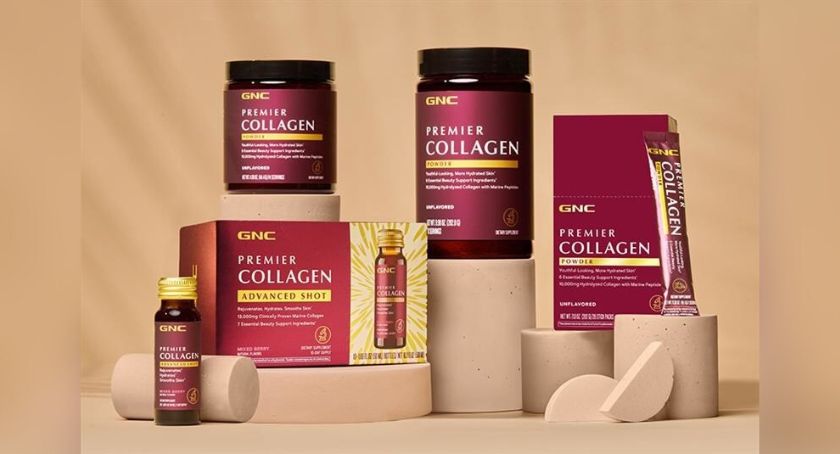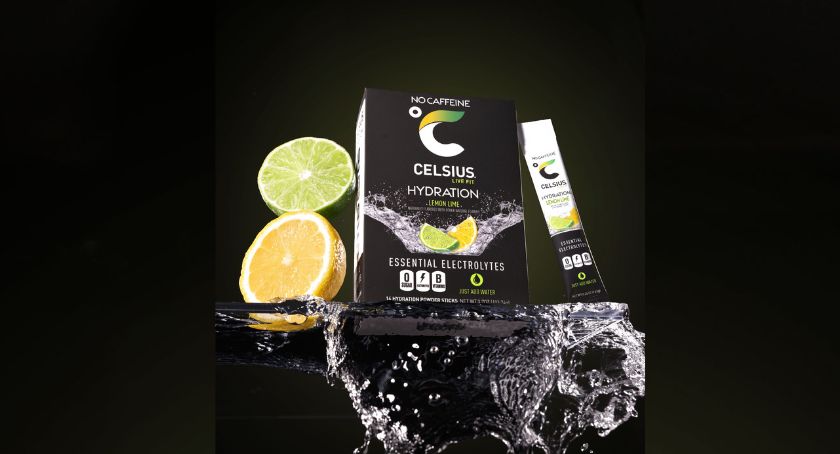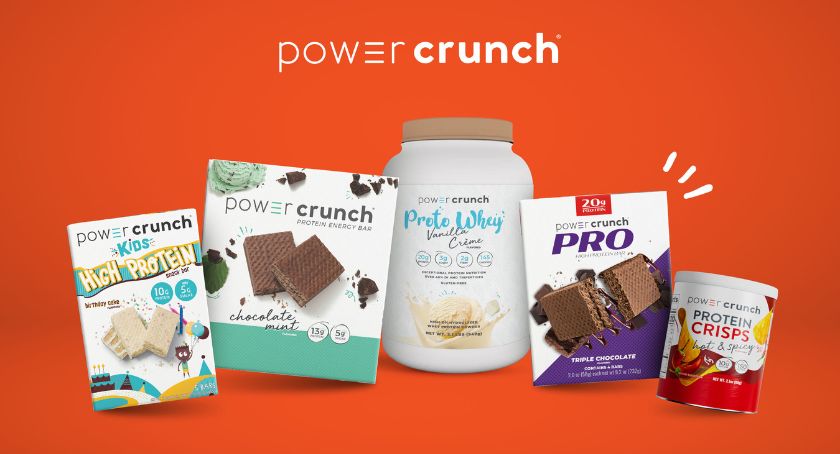Features
Feeding the Fast and the Furriest
As dog and cat owners humanize their companion animals, premium products with natural ingredients continue to gain share.
By: Alan Rownan

Americans love their pets. There’s no better evidence of this than the fact that total annual pet spending has increased more than $2 billion each year since 2007, even during the second worst financial downturn the U.S. ever experienced. The American Pet Products Association reported that U.S. consumers spent $69.5 billion on pets in 2017, up from $66.75 billion the previous year. The figure was just $41.2 billion a decade ago.
Pemiumization, Humanization,
Analyzing these numbers, the New York, NY-based Nielsen organization said, “The humanization of pets has played well for brands and retailers that have developed or pivoted their strategies for consumers looking to treat their furry friends to the best that life has to offer. The demand for higher-quality premium food, for example, has boosted retail sales dramatically over the past 10 years, with annual pet food household spend among pet owners increasing 36% between 2007 and 2017.”
Market research firm Euromonitor International concurred, stating, “Owners [of fur babies] are increasingly unwilling to compromise on the quality of food they feed their pets.” London-based Euromonitor sees “premiumization” increasing, as better quality products with healthier ingredients, improved functionality, and novel proteins taking market share from mid-price offerings.
The firm cited Blue Buffalo, of Wilton, CT, as a good example. The company, which wasn’t even in the U.S. until 2015, but was acquired for $8 billion by General Mills in February 2018, has been succeeding with condition-specific formulas, six of which are featured on its website: GI Gastrointestinal Support; HF Hydrolyzed for Food Intolerance; WU Weight Management + Urinary Care; KS Kidney Support; NP Novel Protein, including alligator; and W+M Weight Management + Mobility Support. Various types of market segmentation (e.g., by breed and lifestyle, animal size and age, and even the area of the world where ingredients come from) have emerged as key selling points.
According to Nielsen, “Health and wellness is paramount to success in pet innovation, and pet trends are closely following human ones … ‘Free from’ items are redefining categories across the store, including food, personal care and pet food. In dog food, for example, Americans are seeking foods that don’t include ingredients like GMOs (genetically modified organisms), corn, fillers, artificial colors and preservatives.”
Shoppers are also reading labels and choosing products that don’t list grain as the primary ingredient. In the 52 weeks ending Dec. 30, 2017, foods with meat as the first ingredient accounted for 46% of the category, according to Nielsen. That’s up seven percentage points over the previous year.
Beyond Food
Quality, specificity, and identity figure prominently in the pet supplement sector as well as the food aisle. TechNavio Research, which is based in Canada with a U.S. office in Elmhurst, IL, credited pet humanization for expanding the supplement category beyond physical needs (such as joint health, skin and coat, gastrointestinal tract, and liver and kidney support), to emotional needs as well. The research firm described value-added products as “one of the primary driving factors for the growth of this market during the next few years,” and predicted a compound annual growth rate (CAGR) of more than 5% by 2022.
Pet nutrition has come a long way from its roots in agricultural feed products to today’s scientifically researched product array, said Dan Murray, vice president of business development at Xsto Solutions, LLC, Morristown, NJ. Given that consumers now look on companion animals as members of the family, it is tempting to equate human health needs with those of their four-legged friends.
Mr. Murray cautioned against this, saying, “Dogs, and to a greater extent cats, have some novel metabolism going on, and we should present species-specific data when we target a new market.” His company’s PepZin GI, aimed at relieving digestive stress, has undergone 26 weeks of safety and in vitro efficacy testing to establish its usefulness in canine applications, he noted.
As compliance can be an obstacle in administering supplements to pets, Nena Dockery, technical services manager at Carthage, MO-based Stratum Nutrition, said there should be no strong flavor or odor, and ingredients must blend well. Stratum’s NEM—which is derived from eggs and has been shown in a double-blind, placebo-controlled study to reduce levels of a biomarker for cartilage breakdown—fits the desired flavor profile and also can be integrated with foods, treats, and chews.
“Two innovative formats we offer are freeze-dried cheese cubes and clusters featuring proteins, yogurt, probiotics, fruits, and vegetables,” said Andrew Wheeler, corporate director of marketing for Van Drunen Farms/FutureCeuticals, Momence, IL. “Freeze-drying offers the full nutritional value, piece identity, and flavor of the real whole foods, as well as an extended shelf life and convenience.”
FruiteX-B, which Mr. Wheeler described as “a nature-identical fruit-mineral complex,” has been in use for more than 10 years to support joint comfort. He cited a 2017 study, conducted by a team led by Kelly Swanson, from the University of Illinois Urbana-Champaign UIUC Department of Animal Sciences, that showed dietary calcium fructoborate, the key element in FruiteX-B, is helpful in reducing pain and improving flexibility in dogs with osteoarthritis.
Mr. Wheeler also stressed the reputation of his company, noting that it is listed as a preferred supplier by the Sun City West, AZ-based National Animal Supplement Council (NASC).
Lonza, another member of NASC, is a Swiss firm with U.S. offices in Morristown, NJ, and more than 30 other American locations. According to the company’s website, Carniking L-Carnitine is one of Lonza’s principal pet products. First discovered in red meat in 1905, the ingredient’s main role is to help enable energy production from fat in mammals. Lonza said there are two ways animals can obtain L-Carnitine—endogenous biosynthesis (made within the body), accounting for about 25% of the needed amount, and from ingesting feed and supplements fortified with the ingredient, for the remaining 75%. Since pet diets vary widely, supplementation with Carniking can provide a safety net.
Ecuadorian Rainforest, LLC, Clifton, NJ, provides powders and powdered extracts from South America and beyond. “We offer fruit, vegetable, herb, spice, and marine ingredients for pet formulations,” said Ramon Luna, marketing coordinator. Citing a trend among pet owners to seek “more than just grain in their pets’ diets,” Mr. Luna said there is a movement to find alternative plant proteins that, to a degree, mimic the trend toward plant protein in human diets. “It’s only natural that the owners would want their animals to eat as well as they do,” he said.
The Omega Connection
According to survey data from Packaged Facts, Rockville, MD, joint supplements top the list of the product types most frequently purchased. PetCare Rx, an online pharmacy headquartered in Lynbrook, NY, lists the following five benefits of omega-3 fatty acids for dogs and cats:
- EPA (eicosapentaenoic acid), one of the two omega-3 fatty acids in fish oil, acts as an anti-inflammatory. It will help with any condition that causes inflammation of the heart, kidneys, skin, and joints—such as arthritis.
- It will ease inflammation due to allergies, and reduce itchy skin and dandruff. This can also be an effective way to potentially decrease the incidence of hot spots [a painful skin infection that can really make a pet miserable].
- Like many fat supplements, it promotes a shiny, healthy coat, and reduces shedding. (For cats, this may also mean fewer hairballs, since a cat won’t pick up as many loose hairs while grooming.)
- DHA (docosahexaenoic acid), the other omega-3 fatty acid in fish oil, is important in brain and eye development in puppies and kittens. Giving fish oil to pregnant or nursing pets can benefit the babies once they’re born.
- In some studies, fish oil has slowed the growth of cancer. Though more studies are needed to reach conclusive results, some veterinarians recommend it for any pets with cancer.
QRILL Pet—an all-natural ingredient high in phospholipid-bound omega-3s, marine protein, and the antioxidant astaxanthin—is the featured product of Aker BioMarine Antarctic US, the Metuchen, NJ-based North American arm of the Norwegian company. Sourced from krill, a sustainable, shrimp-like crustacean harvested in the Southern Ocean around Antarctica, the product is rich in both EPA and DHA, the two most celebrated components of omega-3 oils. “The unique distinction of krill is that unlike some traditional sources of omega-3s, those found in krill are mostly in phospholipid, rather than triglyceride form. This results in higher cellular incorporation and distribution throughout the body,” said Ian Bouchard, vice president of QRILL sales.
Recognizing that many commercial pet foods are high in omega-6, but not in omega-3, Mr. Bouchard emphasized the importance of omega-3 supplementation to achieve the 2.6:1 to 26:1 omega-6 to omega-3 ratio proposed for dogs by the National Research Council. He cited an unpublished six-week study comparing krill and fish inclusion in dog feed. “The Omega-3 Index rose by 63% in the dogs fed krill. Moreover, choline levels increased significantly in the krill meal group only,” he said.
Christchurch, New Zealand is the point of origin for green-lipped mussels harvested by Aroma New Zealand, Ltd. According to the company’s director, Ben S. Winters, its major contribution to the health of North American pets is its container-load shipments of the ingredient to Williston, VT-based VetriScience Laboratories. That company incorporates the mussels in Perna canaliculus (GlycOmega brand Green-Lipped Mussel), one of the major ingredients in its GlycoFlex Plus line of joint support products.
Another Joint Approach
Besides omega-3s, collagen is another natural substance that often is called upon to support joint health and contribute to a pet’s mobility. A type of protein that contains 19 different amino acids, “Collagen is what keeps your body together, so making sure you have enough of it is beneficial for overall health,” said Josh Axe, a doctor of natural medicine, chiropractic and clinical nutrition. “It’s so important that it makes up about 30% of all the protein in the body, and helps keep different bodily organs and systems running smoothly. Of course, maintaining a collagen-rich diet is foundational, but many also opt for collagen dietary supplements,” he added.
PetAgile, a specific formula of trademarked Bioactive Collagen Peptides, available from Gelita USA, Sergeant Bluff, IA, is orally administered and “optimized to support joint health and mobility in pets—especially dogs,” said Heather Arment, marketing coordinator, North America. Specifically, the product is designed to “stimulate the cartilage cells (chondrocytes) to increase production of new cartilage matrix.”
Pauma Valley, CA-based Certified Nutraceuticals has developed and produced a broad line of collagen-bearing ingredients that are marketed under the brand name Longevity by Nature, in Temecula, CA. A leading product in this line, ArthroGuard Pet Wafers have been around for two decades. They consist of 18 collagen amino acid peptides sourced from hydrolyzed chicken sternum cartilage (collagen type II) that naturally aids in pet cartilage health throughout the body and cell joint chondrocytes.
Ann Marie Montogomery, Longevity by Nature vice president, said ArthroGuard consists of kollaGen II-xs Hydrolyzed Collagen Type II naturally sourced from hydrolyzed avian chicken sternum cartilage and has special co-factors that depend on one another for maximum effectiveness. These include naturally occurring hyaluronic acid, glucosamine, and chondroitin sulfate all in one food grade source.
Ms. Montgomery expressed confidence that the natural pet supplement market has a bright future, and is already seeing changes toward healthier options for pets. She said the trend will “continue to attract mainstream appeal as more pet owners become aware of natural food grade products vs. those that are synthetically made.”
About the Author: Alan Richman, former editor/associate publisher of Whole Foods Magazine, is now a full-time, New Jersey-based freelance journalist focusing on the health and nutrition industry. A frequent contributor to Nutraceuticals World, he can be reached at arkr@comcast.net.



